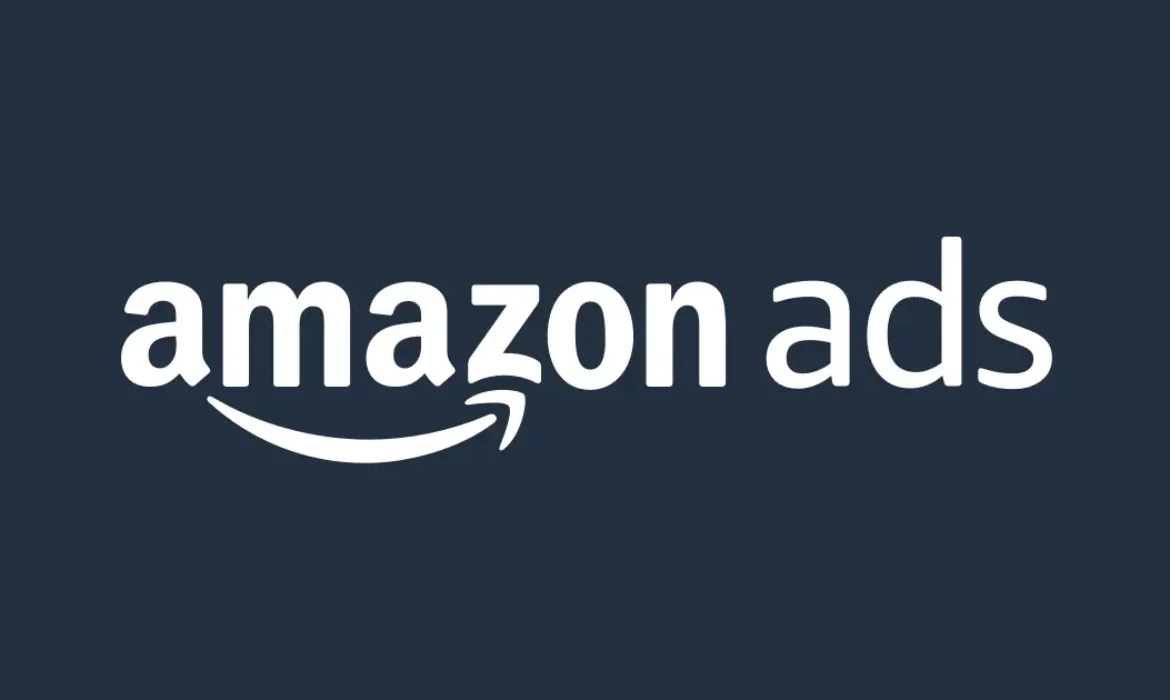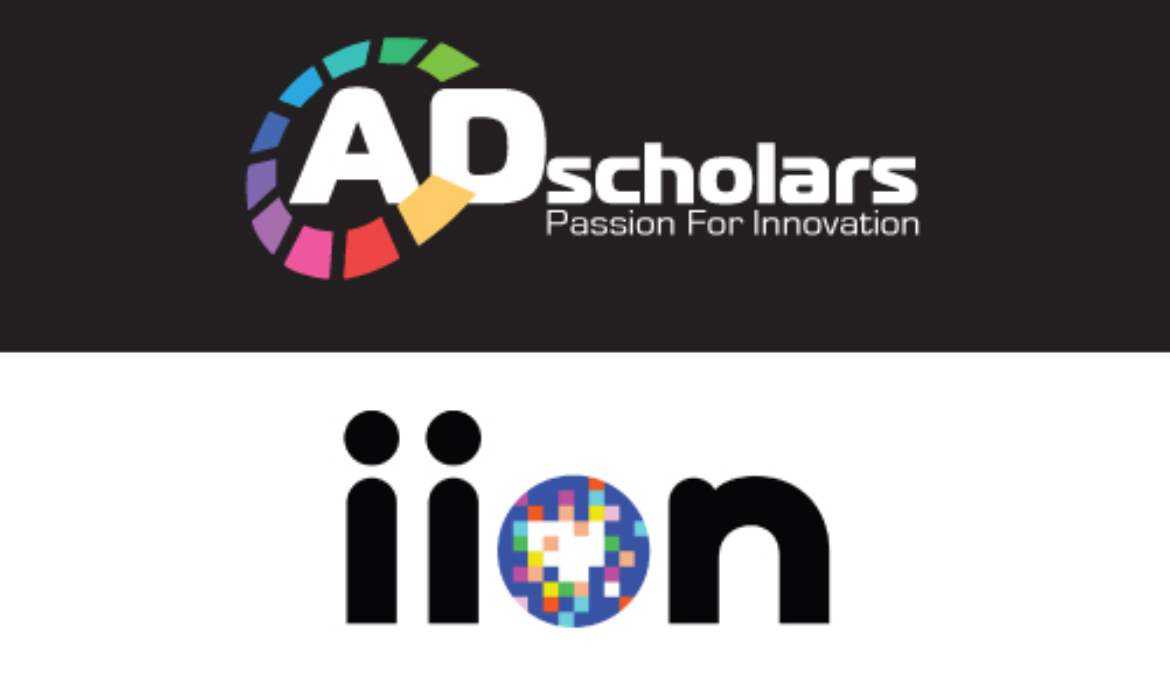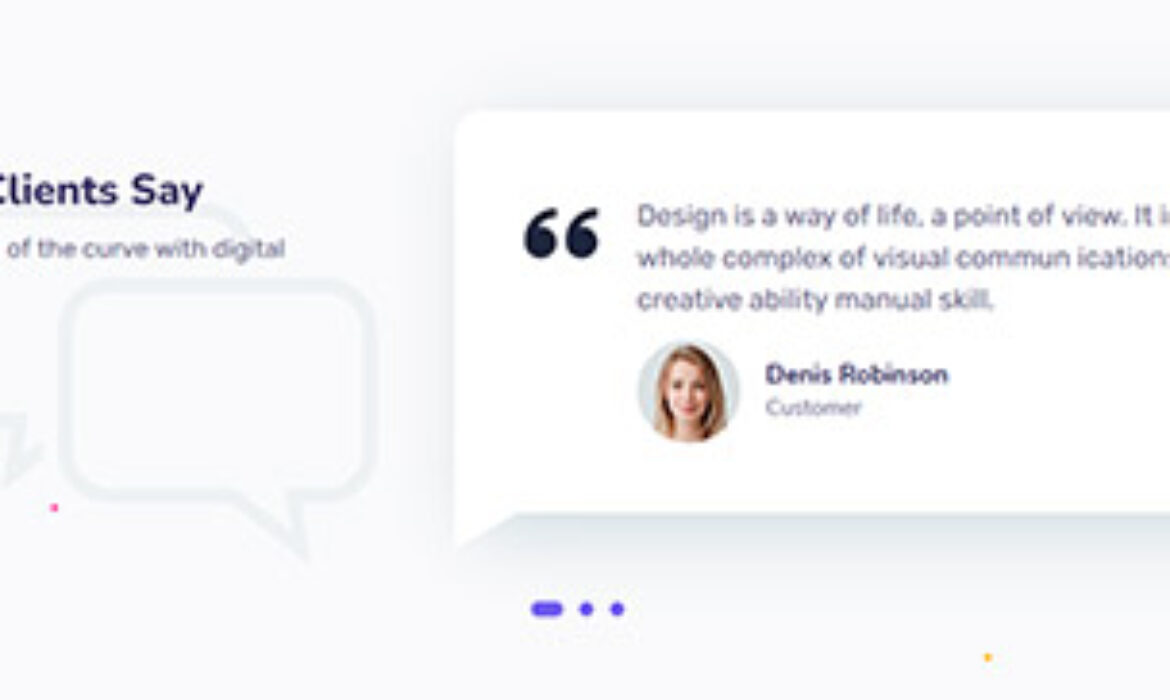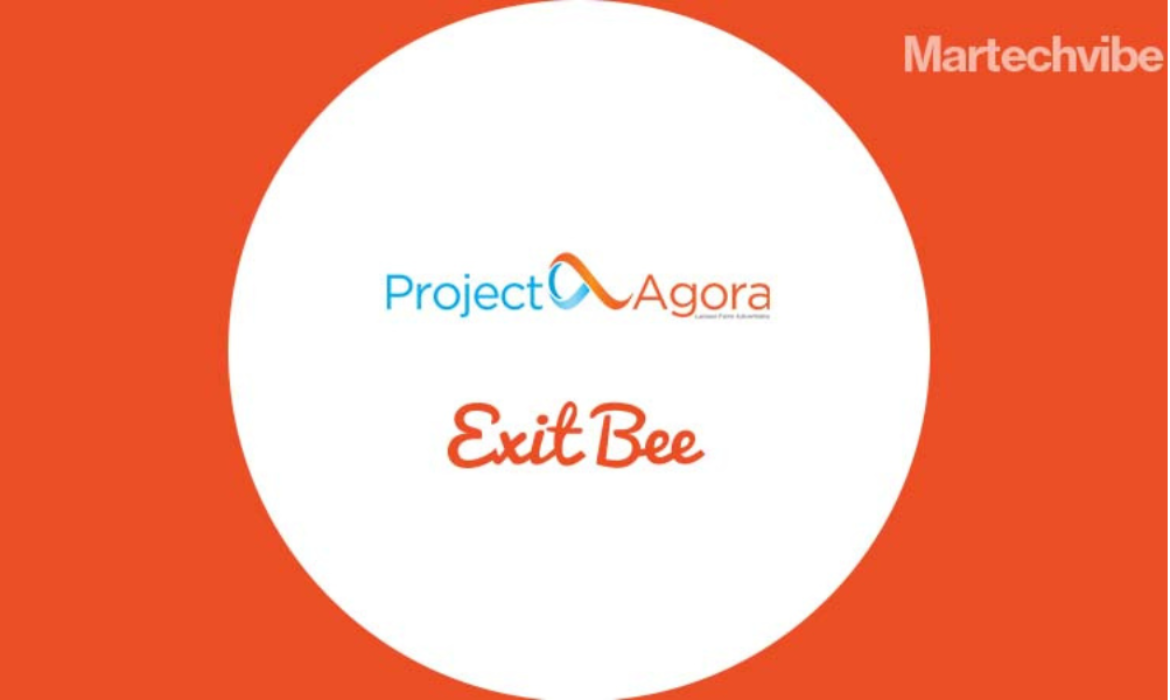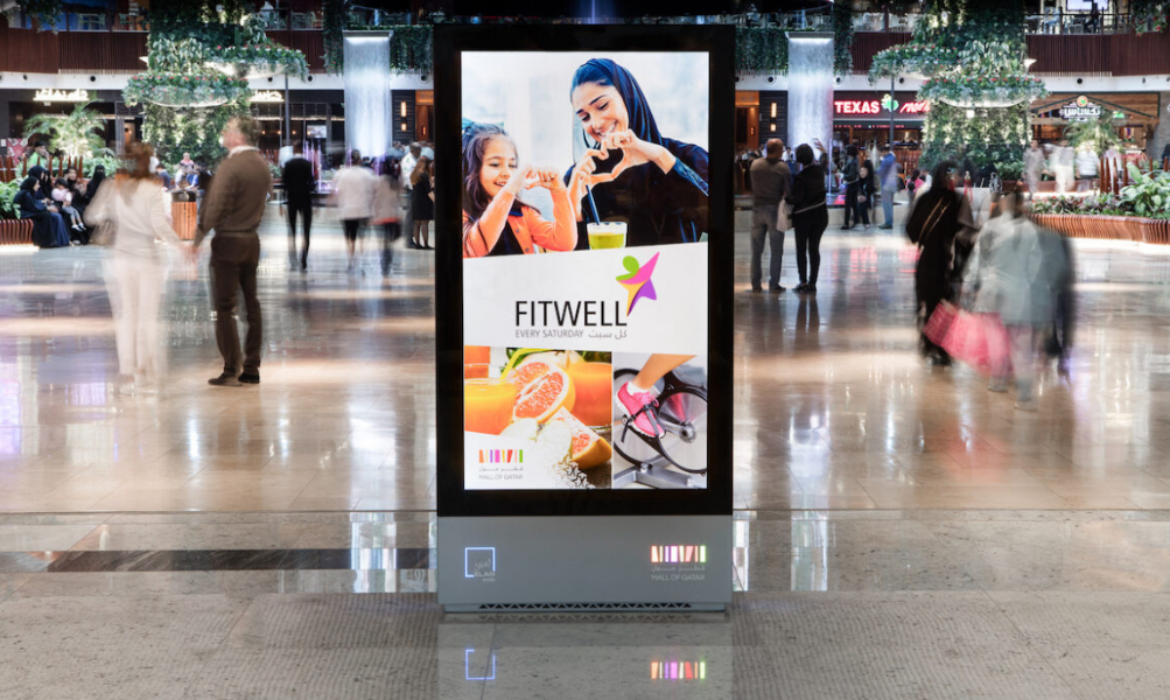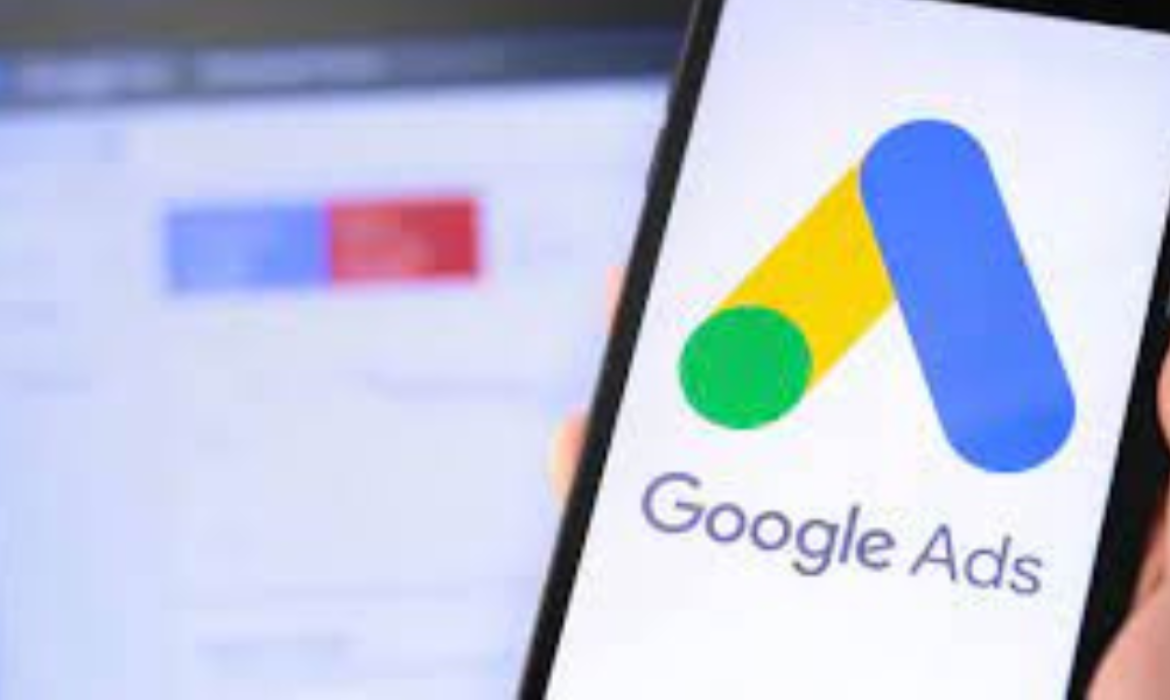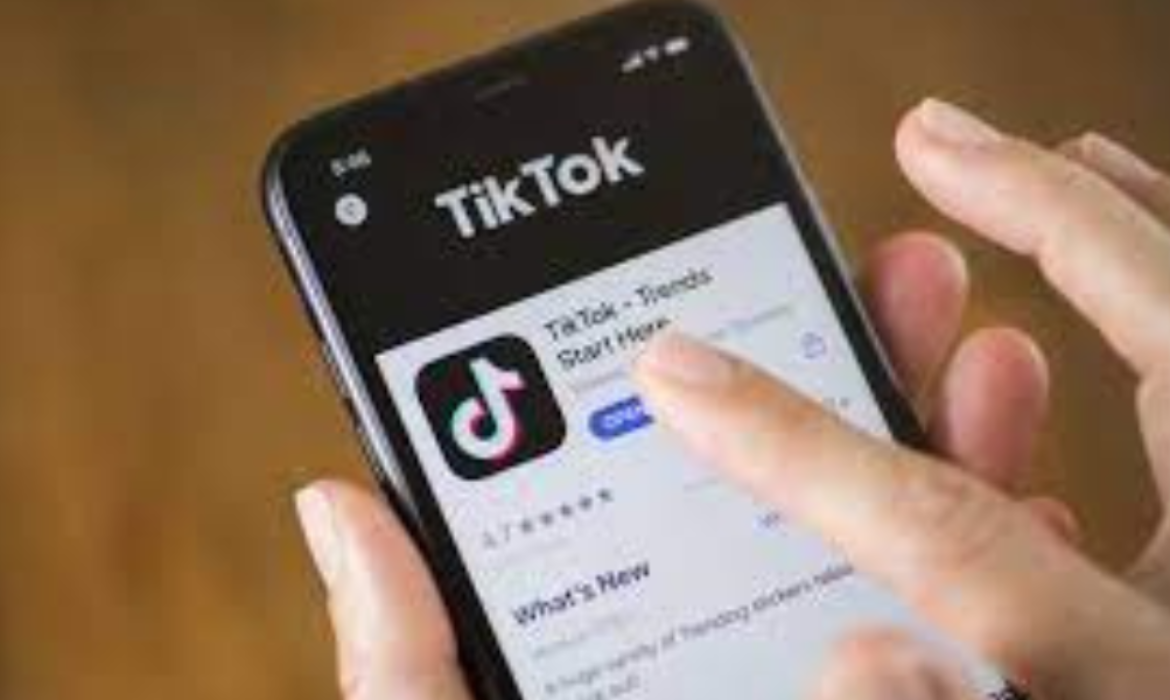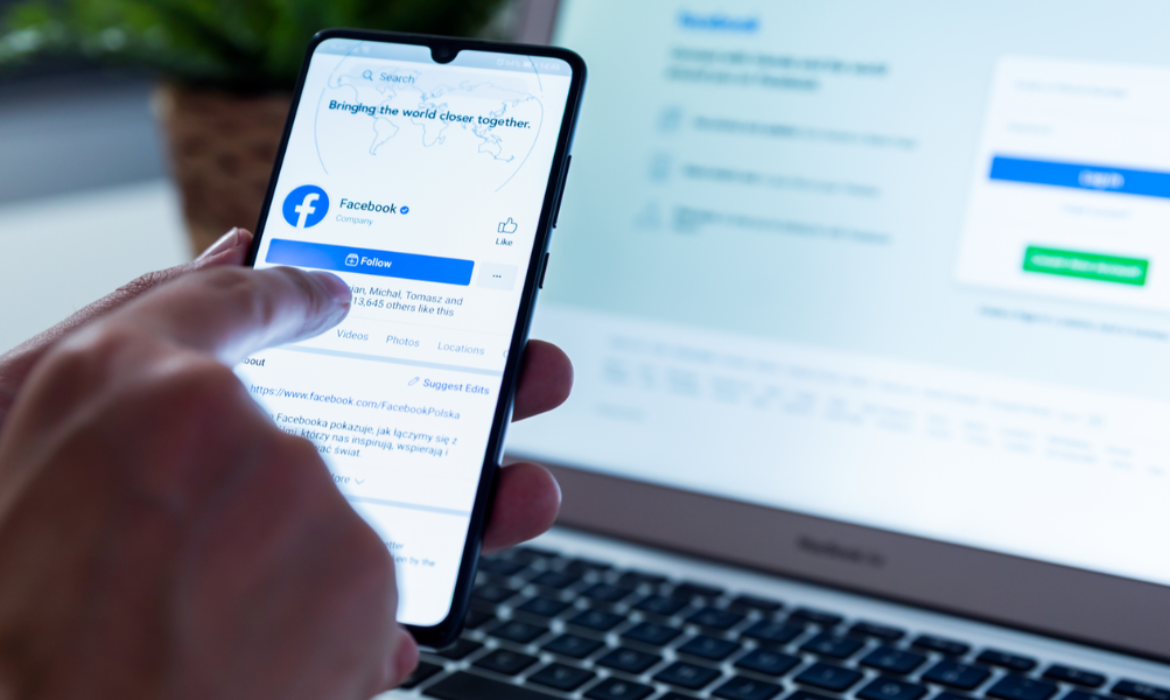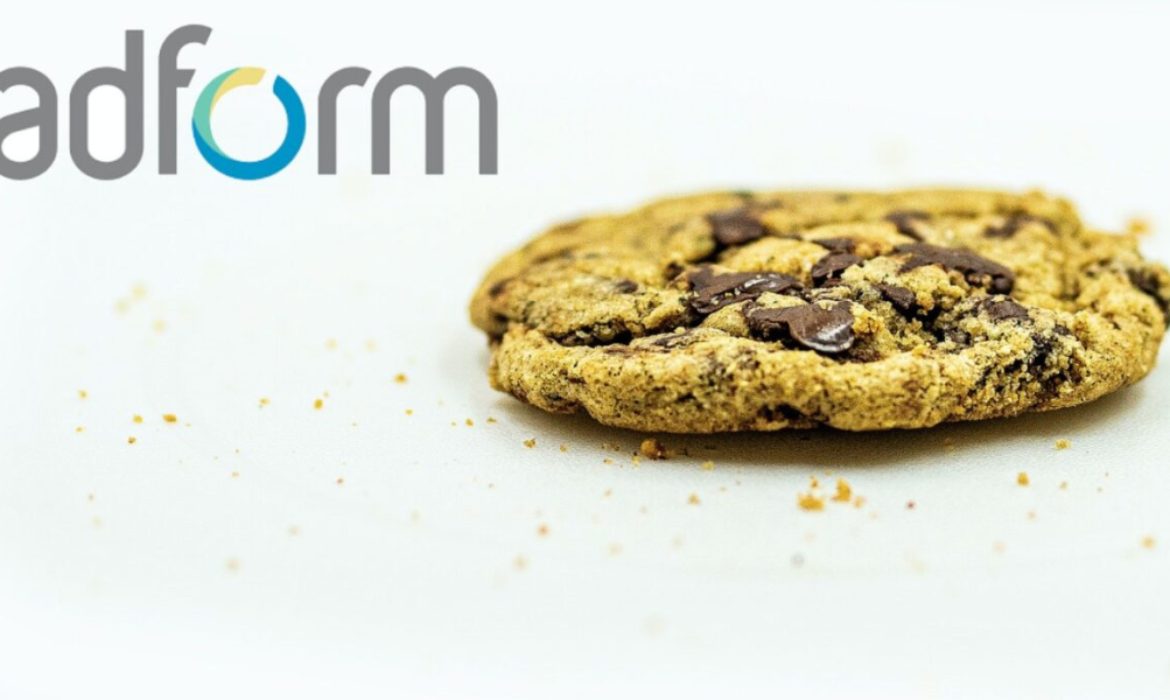Amazon Ads Develops Special Solutions Suite for Advertisers in 2024
Amazon Ads has developed a special solution for advertisers after identifying several major trends that will influence digital advertising in 2024. The broader usage of generative AI, the growing uptake of streaming TV commercials by companies of all sizes, the use of clean rooms for campaign optimization, and the accelerating pace of investments in cutting-edge machine learning models are some of these trends.
Amazon Ads’ Solution Suite for Advertisers
Image generation tool
For the past year, the advertising business has been using generative AI as a semantic, with leaders praising its potential to completely transform creative development. Generative AI is expected to become a crucial tool for advertisers in 2024, enabling the effective creation of visuals for a brand at scale, according to Amazon Ads. Based on a poll done by Amazon Ads in March 2023, about 75% of advertisers said that developing ad creative and selecting creative formats were the biggest obstacles to creating effective campaigns.
Amazon Ads has introduced an image-generating tool for US advertisers taking part in Sponsored Brands campaigns to tackle this. With the help of this generative AI technology, brands will be able to develop lifestyle content. It can greatly enhance ad performance by removing creative limitations.
Sponsored TV for US advertisers
Large brands have always dominated the streaming TV ad market. But according to Amazon Ads, businesses of all kinds will start using the technology in the masses by 2024. Amazon Ads hopes to democratize access to streaming TV advertising with the introduction of Sponsored TV for US advertisers. With no upfront costs or minimum expenditure restrictions, the solution gives the same flexibility as Amazon’s sponsored ads and includes retail-aware, shoppable ad layouts.
Read More: GroupM and Amazon Ads Partner for Creator-Led Shoppable Format
miniTV in India
Additionally, miniTV, an ad-supported free video streaming service, has been launched by Amazon in India. It offers advertisers the chance to engage in brand integrations. The Amazon.in, shopping app, site, Fire TV, and standalone miniTV app are all integrated with miniTV. Young adults, and health- and fashion-conscious consumers who enjoy traveling and trying out new things are among miniTV’s target demographics. Through miniTV advertisements, brands may offer viewers one-click access to their Amazon buying pages, enhancing brand recognition, purchase intent, and brand association without requiring them to exit the app.
Prime Video Ads
Amazon revealed that there will be limited advertisements for Prime Video movies and series worldwide beginning in early 2024. The goal of the move is to maintain and improve the platform’s content offerings while enabling the corporation to make long-term investments in more interesting films and TV series. Channels from Fire TV will be included as well. Fire TV has won over fans in India, where it is now their go-to source of entertainment.
In addition, the company emphasizes that there will be fewer adverts on Prime Video than on linear TV and other streaming platforms. With more than 150 million Fire TV devices sold worldwide, it provides a chance for advertisers to connect with viewers. They can also search and find new content. For an extra $2.99 (about INR 250) each month, users can enjoy Prime Video without any ads. On laptops, tablets, smartphones, and smart TVs, Prime Video provides movies and TV series in up to 4K quality.
Amazon Marketing Cloud (AMC)
Clean rooms are becoming a more popular tool among advertisers for campaign design, optimization, and impact measurement. Clean rooms allow marketers to analyze data from various sources and produce personalized marketing insights. The Amazon Marketing Cloud (AMC), a secure and encrypted clean room solution provided by Amazon Ads, enables advertisers to compile signals and obtain a thorough grasp of consumer behavior across several channels. In addition to reporting on cross-channel media performance, it can be used to supplement Amazon DSP’s reporting features.
Read More: Google Plans to Introduce Programmatic Support for Limited Ads
Amazon Publisher Cloud
Furthermore, Amazon Ads unveiled Amazon Publisher Cloud, the first and only clean room solution. It lets publishers use Amazon Ads insights to examine their first-party signals and optimize programmatic agreements for maximum reach.
Advanced Machine Learning Models
Advertisers need to emphasize relevance, protect the integrity of their insights, and uphold customer trust to reach incremental performance targets. Key tactics will include implementing model-based solutions, developing an engaged audience awareness, and generating outcomes. To remain relevant, advertisers are adjusting to a world without cookies, anticipating further investment in this area.
Amazon Ads expects a spike in investment in advanced machine-learning models. This is due to the constantly shifting consumer landscape and growing concerns around ad relevancy. Amazon DSP advertisers now have access to improved campaign control systems and new, more advanced machine learning models. To assist advertisers in forecasting and reaching highly relevant audiences at the lowest possible cost, these models analyze a variety of signals.
Based on an internal review conducted across US campaigns, Amazon Ads found that modeled audiences offer improved delivery and engagement rates, with a 25% increase and a 12% decrease in cost per click per impression. The average return on ad spend for US Amazon DSP ads has increased by more than one-third. It was largely due to the variety of buy, browse, and streaming signals.
Read More: Amazon Ads and IPG Mediabrands Ink 3-year Deal for Upcoming Prime Video Ads
Adscholars-iion Enters In A Dynamic Partnership To Transform Gaming In India
The leading ad tech provider Adscholars has partnered with global gaming advertising leader iion which aims to transform the gaming advertising landscape in India amidst an industry boom. The partnership brings one-of-a-kind technology and programmatic-enabled gaming inventory solutions to the Indian market. iion will scale immersive gaming solutions in this market, using Adscholars’ programmatic expertise. It will offer multiple activation options and unique experiences to connect with consumers on their preferred platforms.
This partnership enables iion to utilize Adscholars’ market knowledge and brand collaborations, resulting in immersive and contextually fitting in-game advertising encounters. iion’s immersiion is the first platform to connect game publishers and brands seamlessly across all digital worlds, providing a holistic targeting experience in-game, around the game, and beyond.
Leveling Up: The Online Gaming Boom Hits India
Statista reported India’s online gaming industry was valued at around INR 135 billion in 2022, up from 101 billion rupees the previous year. Projections indicated it could surpass INR 231 billion by 2025, with a robust annual growth rate of 19%. With a substantial youth population, India is poised to become a prime gaming market. With a significant youth population, India is poised to become a prime gaming market. The country’s market growth is propelled by the expansion of IT infrastructure, fueled by the increasing adoption of smartphones and high-speed internet.
Brands tap gaming’s audience engagement potential. Gameloft finds in-game ads boost brand awareness and likability. Messages over 15 seconds yield +23% purchase intent, highlighting gaming’s unique immersive impact. The strategic partnership between Adscholars and iion places them at the forefront of innovative monetization and advertising ushering in a new era of industry growth amid the nation’s burgeoning gaming landscape.
Srikanth Rayaprolu, CEO of Adscholars said, “We are delighted to announce a strategic collaboration with iion, a prominent advertising platform with a far-reaching presence in diverse gaming environments. As the gaming industry continues its rapid expansion within the Indian market, Ad Scholars, in partnership with iion Gaming, is primed to offer brands an exceptional opportunity to engage with gamers both within the gaming ecosystem and its surrounding landscape.
He further added, This partnership promises to open captivating creative avenues, actively connecting your brand with the vibrant gaming audience. Adscholars has been collaborating with brands and agencies in India. With this new partnership, we’re excited to introduce innovative gaming inventory options for our clients.”
Yun Yip, iion’s Chief Commercial Officer said, “With AdScholars, we are poised to reshape the game advertising landscape in APAC. Our collaborative efforts and platform will empower brands and agencies to explore new ways of engaging with an ever-growing audience, whilst delivering superior marketing outcomes in-game advertising. A successful gaming strategy is a now possible, accessible, and measurable”
Outbrain expands strategic partnership with Microsoft
Outbrain Inc., a leading web recommendation platform, announced the expansion of its global partnership with Microsoft. It will leverage Microsoft Azure for improved results encompassing services, technology, and business initiatives.
Why we care:
As a long-standing Microsoft partner, Outbrain has a wide range of advertising and technology integrations that span MSN, Microsoft 365, Xbox, and Microsoft Bing. Outbrain will be working with Microsoft Azure for a multi-year period to accelerate the fast-paced development of its media platform.
Details:
Outbrain’s platform serves 1 billion consumers worldwide with over 10 billion recommendations and ads daily, generating more than 1.5 million engagements per hour spanning over 7,000 media partners.
A multi-year strategic partnership with Microsoft aims to foster Outbrain’s global expansion, fast-track development cycles, and improve connectivity between its advertisers and publishers, especially its programmatic bidders.
This collaboration will support Outbrain’s business and innovation capabilities, enhancing its already extensive data with a rich set of tools and services, ultimately helping Outbrain to better serve its customers with improved business outcomes.
Interesting Read: Is Microsoft Reinventing Its Ad Business With Massive Acquisitions?
And that’s what they said:
David Kostman, Co-CEO of Outbrain expressed his excitement over the extended partnership and said,
“We share the mission of supporting independent journalism and the open web. Over the course of the last decade, we have worked together to serve publishers and advertisers with high quality solutions across the globe. Extending our partnership with Microsoft to include Microsoft Azure technology as part of our hybrid cloud platform will drive innovation and deepen the relationship between our companies.”
Rob Wilk, vice president, Microsoft Advertising said that Outbrain has been an important part of their ecosystem since 2012. He further added,
“The company’s focus on delivering innovative advertising products and programmatic solutions has helped expand our business in several areas over the last few years. We’ve been impressed by Outbrain’s platform, scale, and technology and are pleased to see Outbrain embrace Microsoft Azure and look forward to how it will improve performance for advertisers in Microsoft’s growing advertising ecosystem and on the open web.”
Interesting Read: 5 Ad Industry Trends That Are Likely To Unveil in 2022!
Project Agora And Exit Bee Join Hands To Reimagine Advertising In MEA
With “Exit Ads,” Project Agora and Exit Bee have formed an unparalleled agreement to bring “micro moment” advertising to the MEA region. The format uses behavioral technology to detect when users are growing distracted, providing advertisers and publishers with distinct advantages.
Project Agora and Exit Bee: A Revolutionary Partnership
This exclusive partnership between Exist Bee and Project Agora is in itself a huge step in reimagining advertising in MEA. How?
Well, on one hand, we have Exit Bee which leverages pattern recognition and machine learning to recognize when users are disengaging from a website’s content and send a contextually suitable ad to re-engage them.
Outcome?
Exit Ads are served only when a person has disengaged from the content and is quitting the website, and they do not distract interested users.
Interesting Read: Trade Desk Partners With Choueiri Group For Better Programmatic Access In MENA
Now, on the other hand, we have Project Agora. Project Agora’s digital competence, agency connections, and direct integrations with over 400+ quality local publishers have cemented the company’s position throughout the Middle East and Africa.
Outcome?
By bringing Exit Bee’s ‘micro moment’ advertising, not only with Project Agora reinvent advertising in the region; but also produce impressive outcomes for brands and advertisers.
Join your hands together, and voila! – you now have Exit Ads that will establish a new, upscale advertising space that can offer tens of times the performance of traditional display ads.
Dimitris Tsoukalas, Regional Director MEA for Project Agora said that they were thrilled about this partnership with Exit Bees. He added –
“Their ( Exit Bee) pattern recognition and machine learning technology is a gamechanger: it analyzes users’ behaviour in order to identify the “exit” or “in-between” moments. Exit Ads leverage this to further enhance the monetization services we offer publishers, as well as providing another high-performing, creative ad-experience for advertisers.”
Interesting Read: TikTok MENA Newsroom: An Opportunity For The Region’s Finest Creators!
Of Advertisers And Publishers
Exit Advertisements provide advertisers with a brand-safe, sophisticated, and tailored ad experience, with 100% viewability and engagement rates 20 times greater than traditional banner ads.
Exit Ads provide publishers with a completely new monetization alternative that will minimize any disruption to engaged visitors. Exit Ads generate premium and long-term CPMs by generating high Engagement Rates. Publishers may promote content, increase subscriptions, perform surveys, and much more by re-engaging “lost” visitors.
Pretty amazing, ain’t it?
Pavlov Linos, CEO of Exit Bee went on record to say –
“Combining our premium offering with Project Agora’s strong relationships in the region makes us very enthusiastic for the future of this partnership and the results it will yield for local publishers and advertisers.”
Also Read: Connected TV Explained: The Essential Glossary Of CTV
Snapchat Sees a 20% Plummet In Revenue Due To Apple’s Privacy Changes!
Snap, the parent company of Snapchat, claimed that recent privacy changes in Apple’s iOS mobile operating system had impacted its company by restricting some advertisers from tracking it. The company stated that while it expected some interruption as a result of the adjustments, the issues for advertising were worse than anticipated.
Snap recorded a stock drop of more than 20% recently, soon after the firm published quarterly results that fell $3 million short of its forecast. Snap’s most recent quarter saw revenue of $1.067 billion, up 57% from the same period the previous year.
According to Snap, advertisers were also hampered in their spending due to the pandemic and supply chain problems.
To accommodate to Apple’s privacy rules, the business said it was developing new technology and measuring solutions for advertising. Snap’s chief executive, Evan Spiegel, gave a statement saying –
“We’re now operating at the scale necessary to navigate significant headwinds, including changes to the iOS platform that impact the way advertising is targeted, measured, and optimized, as well as global supply chain issues and labor shortages impacting our partners.”
Also Read: Power Of Out-Of-Home Advertising In The Middle East And Road Ahead!
Qatar-Based Elan Media Launches Programmatic Buying For DOOH Assets
Elan Media, a Qatar-based out-of-home advertising firm, has implemented programmatic buying for all of its digital out-of-home (DOOH) assets in Qatar and Oman. This move makes Elan Media a pioneer in Qatar to enable its clientele DOOH advertising is an agile and economical impression-based buying system. It also positions itself in the second rank in GCC to do so.
Elan Media’s large DOOH network, which includes assets at the Mall of Qatar, Doha Festival City, Ezdan Mall, Mall of Muscat, and the forthcoming Place Vendome Mall, now have access to flexible and cost-effective purchasing technology. This technology is based on the one offered by leading DOOH solutions provider, Broadsign Reach.
Relevant Read: Trade Desk Partners With Choueiri Group For Better Programmatic Access In MENA
The advertising firm also intends to make the service available to all of its future digital roadside assets.
Jamie Ball, Chief Operating Officer, Elan Media went on record to comment –
“With the launch of programmatic buying we are once again living up to our reputation as the DOOH pioneers in Qatar and Oman. This buying system offers major benefits to our advertising clients including heightened flexibility of buying, and optimum campaign efficiency as advertisers buy based on the number of impressions created just like with online advertising.”
With regard to the impressions, Ball said that advertisers will be able to purchase as few as 1,000 impressions barring any minimum purchase volume limitations.
Relevant Read: Loreal And Trade Desk Launch First Programmatic Campaign In Gulf!
How else does this move cater to advertisers?
Well, for starters, advertisers can now use Elan Media’s premium inventory more efficiently and seamlessly – as reported by the Director of Business Development EMEA, at Broadsign, Stuart McMahon.
Advertisers can also leverage the inventory and integrate it into omnichannel campaign bids to increase audience reach with more dynamic content.
McMahon added –
Advertiser interest in Programmatic DOOH is surging worldwide, introducing an unprecedented new opportunity for the DOOH market, and we’re excited to work with Elan Media to onboard some of the first premium DOOH inventory from Qatar and Oman to our programmatic supply-side-platform Reach.
In each advertising cycle, Elan Media will continue to offer traditional manual booking methods with its specific inventory. The clients are free to choose from both alternatives.
Also Read: All You Need To Know About The Rise Of DOOH Advertising
Google To Demonetize Ads That Spread Climate Change Misinformation
Last year, Google-owned YouTube announced that it will prohibit all anti-vaccination content on its platform except for COVID-19-related information. This time – Google is targeting climate change misformation.
In an attempt to debunk myths about climate change and discourage the denial of the phenomenon, Google recently stated that it is censoring information on its network that undermines well-established scientific data, effectively shutting out climate naysayers.
Interesting Read: Google’s New Advertising Page Will Show Brand’s Recent Ad History
After media buyers and content producers voiced reservations about ad misplacement, the tech giant revised its advertising policy to ban misinformation about climate change.
According to a company blog post, Google is targeting advertisers and publishing partners in Google-served ads who attempt to encourage climate change misinformation on pages and videos. It is also focusing on YouTube Partner Program creators attempting to monetize their climate change misinformation videos.
The blog post read –
“We’re announcing a new monetization policy for Google advertisers, publishers, and YouTube creators that will prohibit ads for, and monetization of, content that contradicts well-established scientific consensus around the existence and causes of climate change”
Interesting Read: Neeva: An Ad-Free Search Engine Launched By Former Google Ads Head
Google Ads : New Monetization Policy
Google’s new regulation specifically targets statements that claim climate change to be a “hoax or scam.” Furthermore, any claims that contradict long-term environmental patterns, and those that disregard crucial factors in climate change, such as greenhouse gas emissions or human activity causing climate change, are all targeted by the revised policy.
On climate-related issues, such as educated discussions on climate change and reliable research, Google will continue to allow advertisements and monetization.
Google made an official statement saying –
“We’ll look carefully at the context in which claims are made, differentiating between content that states a false claim as fact, versus content that reports on or discusses that claim”
Also Read: Google Is Reportedly Planning to Index Instagram and TikTok Videos
TikTok Brand Lift Study And How It Amps Up TikTok Experience!
TikTok has recently announced that it is introducing TikTok Brand Lift Study (BLS), a first-party measurement solution for advertisers.
The company believes that brands play a vital part in the whole TikTok experience. To make sure that resources are fully utilized, TikTok BLS assists to liberate advertisers with actionable data to move, enhance, and segment resources into meaningful campaigns and efforts.
TikTok has devised this new TikTok BLS, as the company believes, that it has witnessed the collective power of community over and again – whether it is in form of top hits, creating viral trends, or an increase in demand for popular products.
TikTok BLS offers businesses a novel way to traditional measurement and optimization of brand resonance.
TikTok BLS, in typical TikTok fashion, is an immersive, in-feed polling experience with the music and motion graphics that TikTok users have come to expect and adore.
TikTok BLS allows brand partners to use strict experimentation to understand and quantify the effectiveness of their ads. Brands can have a greater understanding of awareness, attitudes, favorability, and intent.
TikTok also says that as they continue to offer excellent brand lift performance, companies can be confident in making data-driven campaign decisions while building brand affinity on the platform.
Furthermore, TikTok has also announced that Kantar will be their third-party verification measurement partner of the TikTok BLS. The company believes that to uphold its mission of maintaining transparency, it provides advertisers with the options to fully comprehend their ad campaign value.
Nicole Jones, Senior Vice President, Growth & Strategy, Media & Content at Kantar said-
“We know from Kantar’s Media Reactions study that TikTok is the platform on which consumers globally feel they have the best advertising experience, so it’s critical for advertisers and their agencies to understand what works on the platform,”
Jones also added that they are excited to be TikTok’s third-party verification partner to aid advertisers to gain value from their marketing efforts.
TikTok says that with TikTok Brand Lift Study, brands can gain insights on how to effectively reach and interact with the communities that matter the most to them.
Facebook Ads Removing The 28 Days Attribution Model
Facebook has announced that it is retiring the 28 days attribution window option for Facebook ads. Post that, the attribution window will be its already existing 7-day option as default settings. This means that the advertisers will not be able to track direct actions based on their campaigns for a longer period.
Facebook attribution models enable advertisers to measure certain responses related to the campaign based on the rules set by advertisers. Currently, by default, Facebook Attribution selects a last-touch model with a 1-day impression and a 28-day click window which will soon change to a 7-day window.
For example, if you were to select purchase as your conversion, and apply this default attribution model and attribution window, your reporting will reflect purchases that can be attributed by Facebook to the last ad click that happened within 28 days prior to purchase or the last ad impression that occurred within one day of purchase, whichever happened last.

Image Credit: Social Media Examiner
Facebook attribution models provide more specific insights and allow marketers to obtain more information on the actual impact the ad had.
Why This Change?
By the official email announcement sent directly to advertisers, it explains,
“Upcoming digital privacy initiatives affecting multiple browsers will limit business’s ability to measure people’s interactions across domains and devices. Among those limitations is the ability for businesses to attribute conversion events back to an ad over longer attribution windows.”
Though not explicitly but the email refers to Chrome’s intention to eliminate third- party cookies in the near future. Due to the changes in data tracking policy, Facebook will no longer be able to provide a 28-day attribution window but a 7-day window option for direct response performance.
Who Will Be Affected?
The change will affect everyone. However, it will highly impact advanced Facebook marketers who run large-scale campaigns as well as the automated systems that work out Facebook ad spend based on certain events.
When Will The Change Come Into Effect?
The changes will come into effect on 12th October 2020. Facebook recommends advertisers as well as it would be worth to download all the historical data before the change for future reference.
Read More: Facebook Debuts Shops In Its Mobile App, Instagram Expands Checkout Feature
AdForm Set To Solve The Cookie Problem With Its Proven First-Party ID Solution
Adform announced this week that advertisers can now use the first-party ID on their platform in the absence of third-party cookies. The demise of third-party cookies has been a cause of concern for all advertisers and publishers on some browsers and are looking to future-proof their offerings and tech stacks. And Adform’s success in switching to first-party data is a major breakthrough for the industry. Now, agencies can share first-party data and IDs with Adform to personalize advertising, target specific audiences, and report results – all without the use of any third-party cookies.
A joint collaboration between Adform, the European publishing group Sanoma, marketing agency Dagmar, and global group IPG MediaBrands is leading the way forward for the digital advertising industry and leveling the playing field with the walled gardens. The collaboration not only prepared for the future cookie change but also improve the functionality of advertising buying for Safari and Firefox browsers. The change in first-party data allows programmatic targeting and helps to direct advertising money into publishers’ properties who are eager to secure their ad revenue.
Adform states that without the need for hundreds of third-party cookies, compliance with regulations such as GDPR and CCPA will be easier. First-party data and IDs is beneficial to brands as they live longer than third-party cookies. With first-party IDs from publishers and advertisers, impressions and data are completely traceable increasing transparency that helps to deal with issues like discrepancies, accountability, hidden fees, arbitrage, and ad fraud and reducing the risk of data leakage.
Adform has a complete digital infrastructure and is uniquely placed to switch to first-party data with its integrated advertising platform(IAS). Jakob Bak, CTO, Adform said,
“We have proved that it is possible to switch from third-party cookies to first-party IDs and, as such, have provided a leap into the future of digital marketing. The industry is on an inevitable road to life without third-party cookies and ongoing success for the open ecosystem will depend on collaboration. So far, publisher announcements around first-party data have represented positive yet individual approaches, now it’s clear that working together presents a more powerful way to ensure profitability for independent publishers. In fact, the evidence of how impactful shared first-party IDs can be has already led to many agencies and sales houses to express interest in moving spend away from media giants.”
Jaakko Kuivalainen, Director, Digital Advertising Business, at Sanoma also commented,
“Finland is an established hotbed for innovation, but there is a huge opportunity for wider global progression. This venture is a great example of what can be achieved when publishers and technology companies come together. Working as one, we can be consistently at the forefront of industry development; and effectively preparing for the coming demise of third-party cookies with first-party centric digital advertising.”
Read more: Top 10 Emerging Indian Ad Tech Startups You Should Know About

